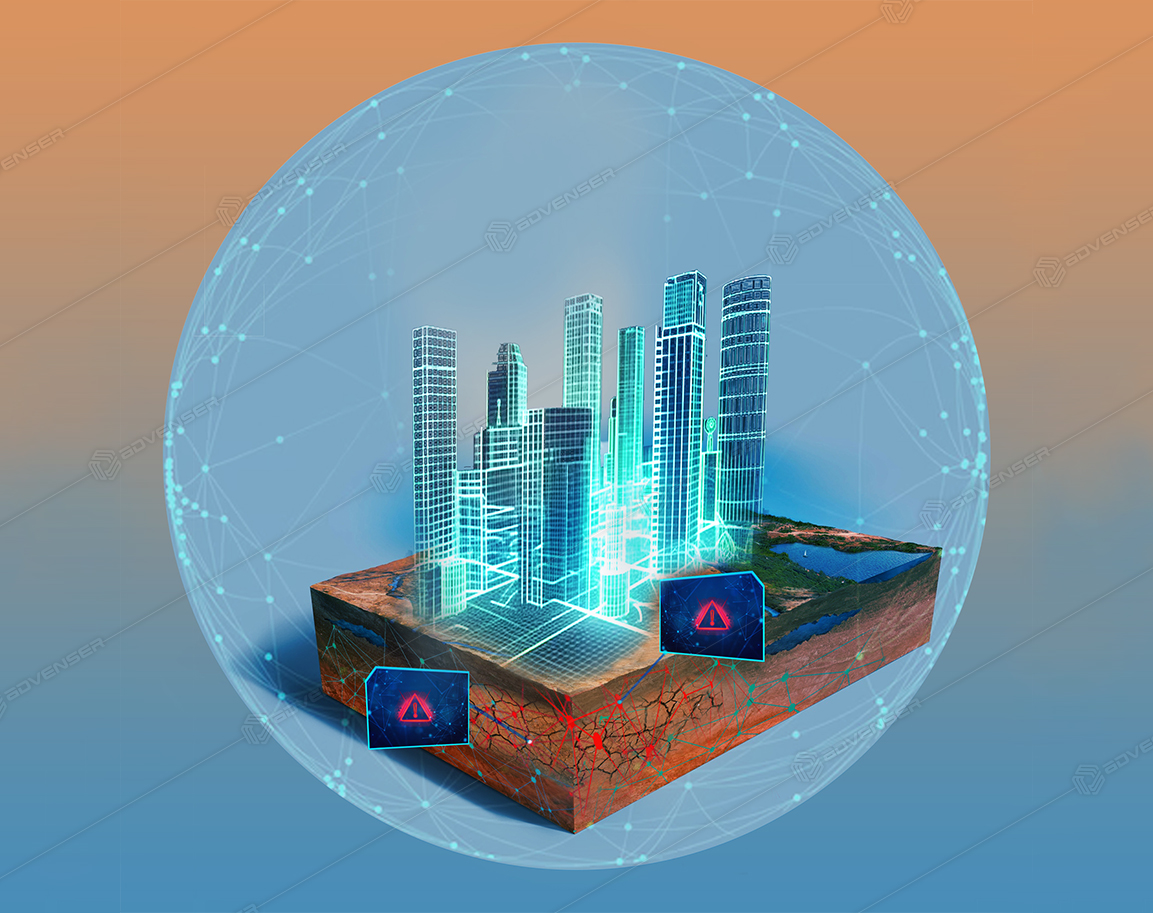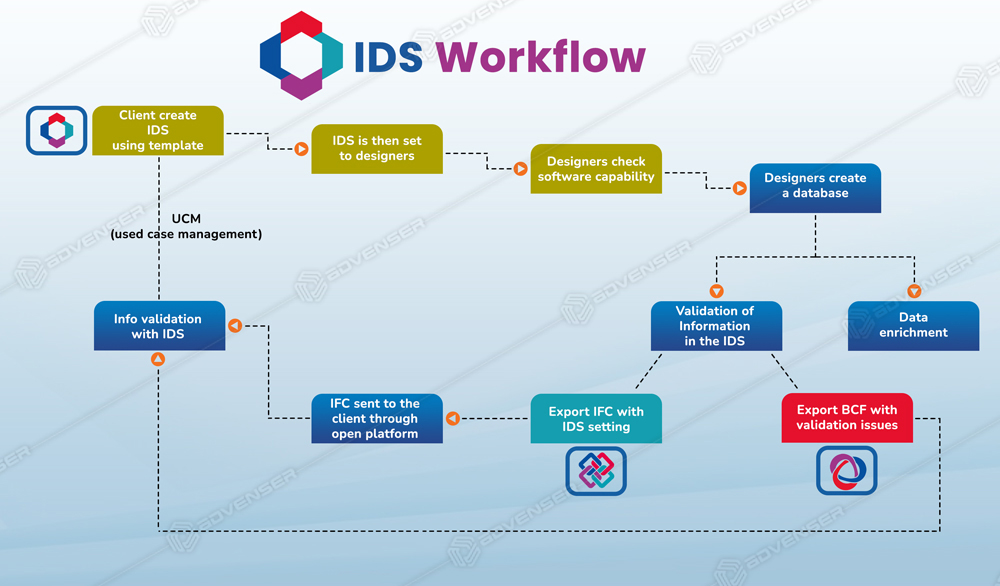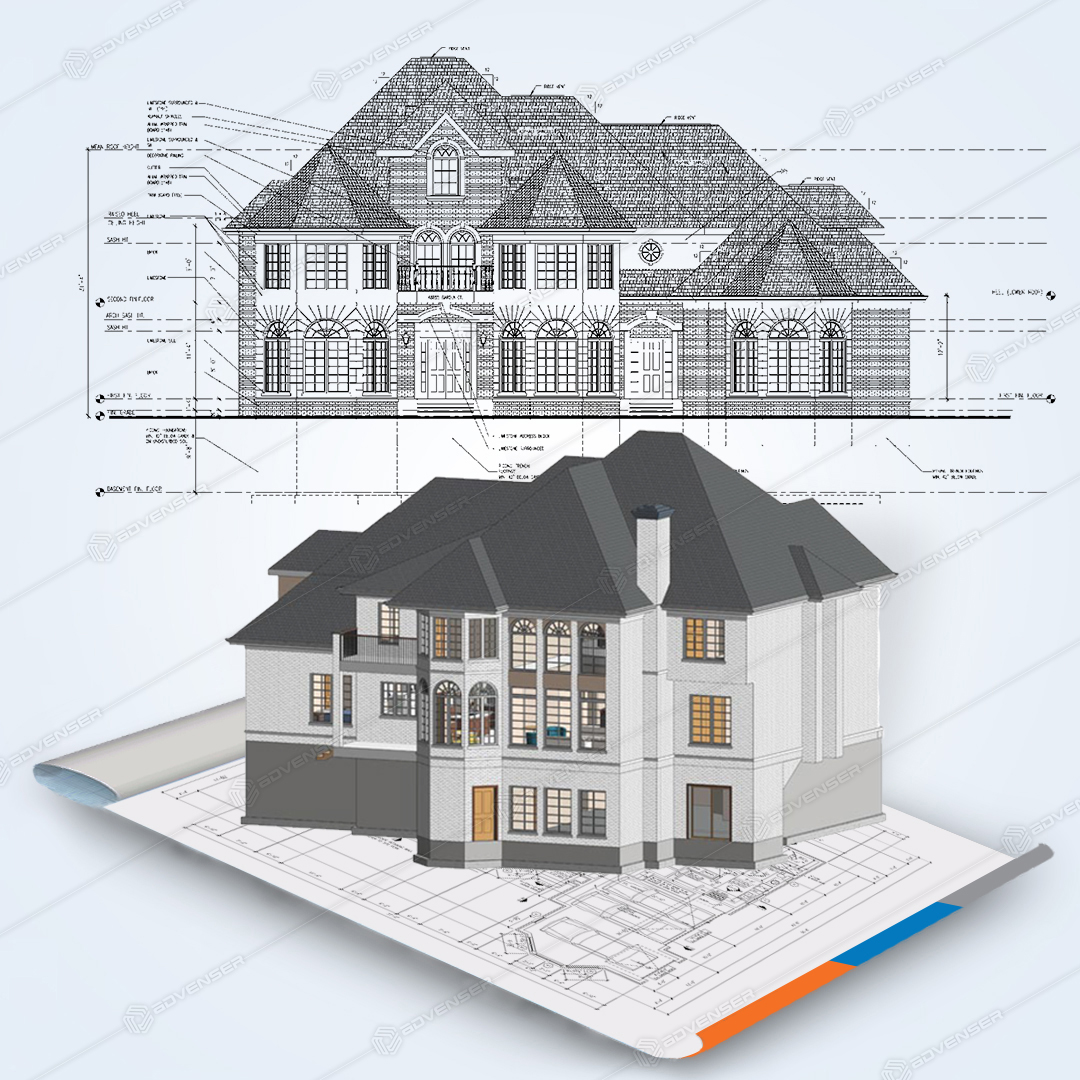Enabling effective planning between the architects, engineers, and contractors (AEC) to decrease disputes and improve communication efficiency, Building Information Modeling (BIM) has proven to be beneficial in improving project documentation throughout the project lifecycle. However, due to the restricted interaction between the real and virtual worlds, BIM’s contribution to fieldwork is quite limited.
Since this conceptual model of translating virtual 3D plans into real-world structures hasn’t changed much, integrating BIM with Augmented Reality (AR) is figured to greatly increase BIM’s potential application to fieldwork by incorporating computer-generated elements in real-world environments.
Value of AR technology
The use of AR technology has its own benefits which mainly include:
- Increased safety
- Cost reduction/saving
- Swift decision making
- Improved stakeholder/team communication
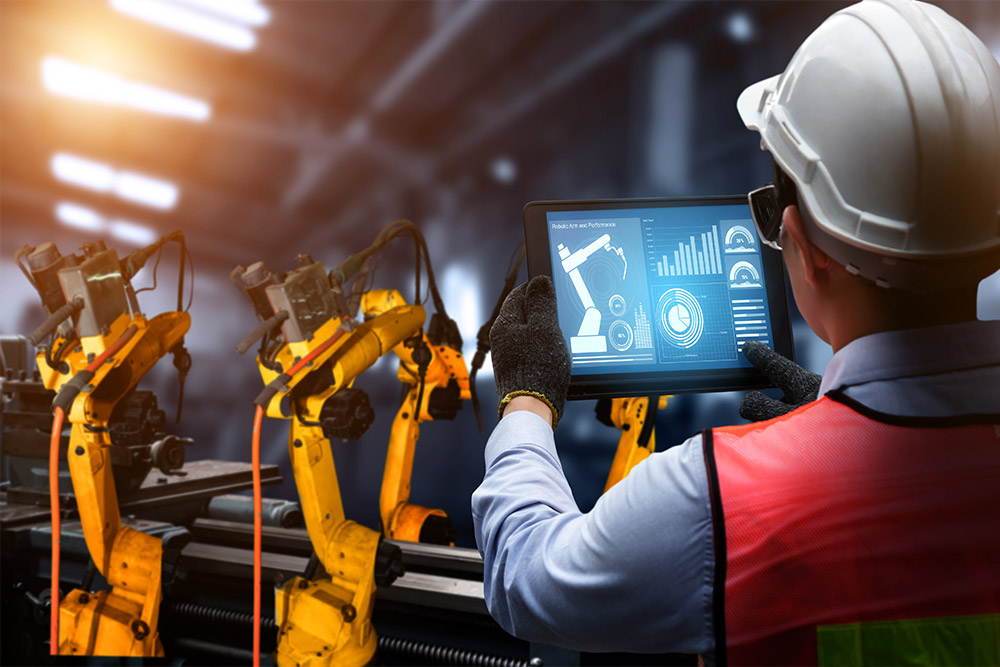
In terms of BIM workflow, the use of AR is typically associated with the:
- Design phase – To review the projected solution,
- Construction phase – To oversee the construction activities and monitor progress,
- Operation phase – To coordinate, inspect, and facilitate building maintenance.
1. Project planning phase
It helps the project stakeholders to visually perceive the project extensively exhibiting its environmental and social impacts on its surroundings.
2. Designing phase
By integrating AR with BIM models, designers and architects can evaluate and analyze designs for viability, function, and aesthetics in an immersive manner. The changes can also be easily modified and aligned to the client’s requirements.
3. Construction phase
Integrating AR with BIM models enables workers to interpret the project more easily. It also helps with complex MEP services to reduce construction errors, enhance accuracy, and overcome budget overrun. This also helps stakeholders to save time and resources in the process.
4. Inspection and site review
AR with BIM aids in improvising inspection with the help of safety checklists and wearable smart glasses. With such AR equipment, overhead, and underground utilities, the power lines can be viewed and in case of an issue – AR pins, tags, or comments can be used to draw attention towards the corrective measures to be taken.
5. Operations and maintenance
AR adds value to the operations and maintenance phases of the BIM project by delivering information about building models, instructional manuals, and representations for assets directly to the users. During maintenance, AR can help to improve the performance of what? to attain accuracy and efficiency. Any AR user can avail all this information just by scanning codes or wearing AR wearables without carrying sheets of the drawings or sets of manuals around.
6. Renovations, underground constructions
AR wearable technology can unveil hidden infrastructural placements- beams, ducts, conduits, etc easily to support the renovation activity. It also enables the project team to revamp/revise and identify issues right in the planning stage to make renovation easier.
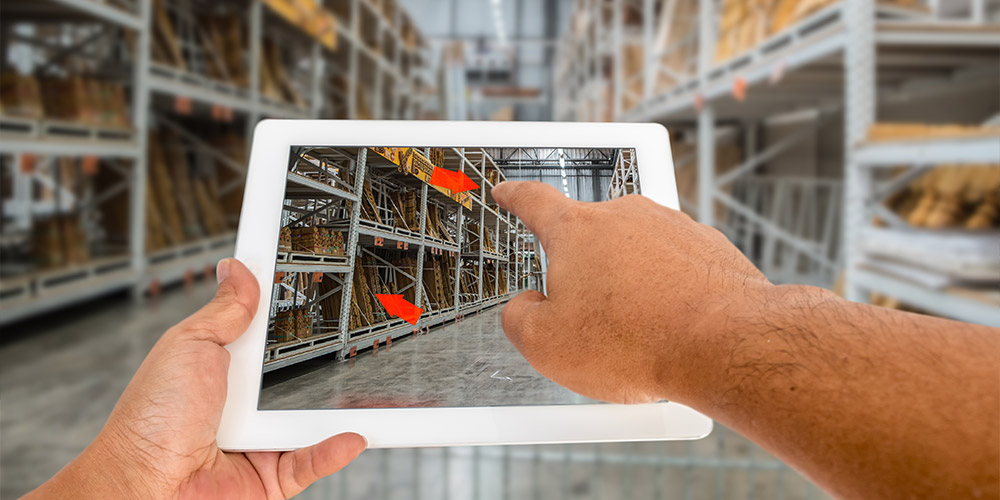
As you can see AR in construction is becoming more popular, not only because it is critical for project management, but also because it is a safe and labor-saving technology.
AR integrated BIM is the next upcoming trend for the AEC industry and should be embraced to achieve higher efficiency in the projects by advancing workflows and digitally transforming job sites for enhanced safety and better outcomes. Reach out to us if you’d like to know more about how to leverage the AR–BIM system for an engaging and dynamic experience across your project lifecycle.



